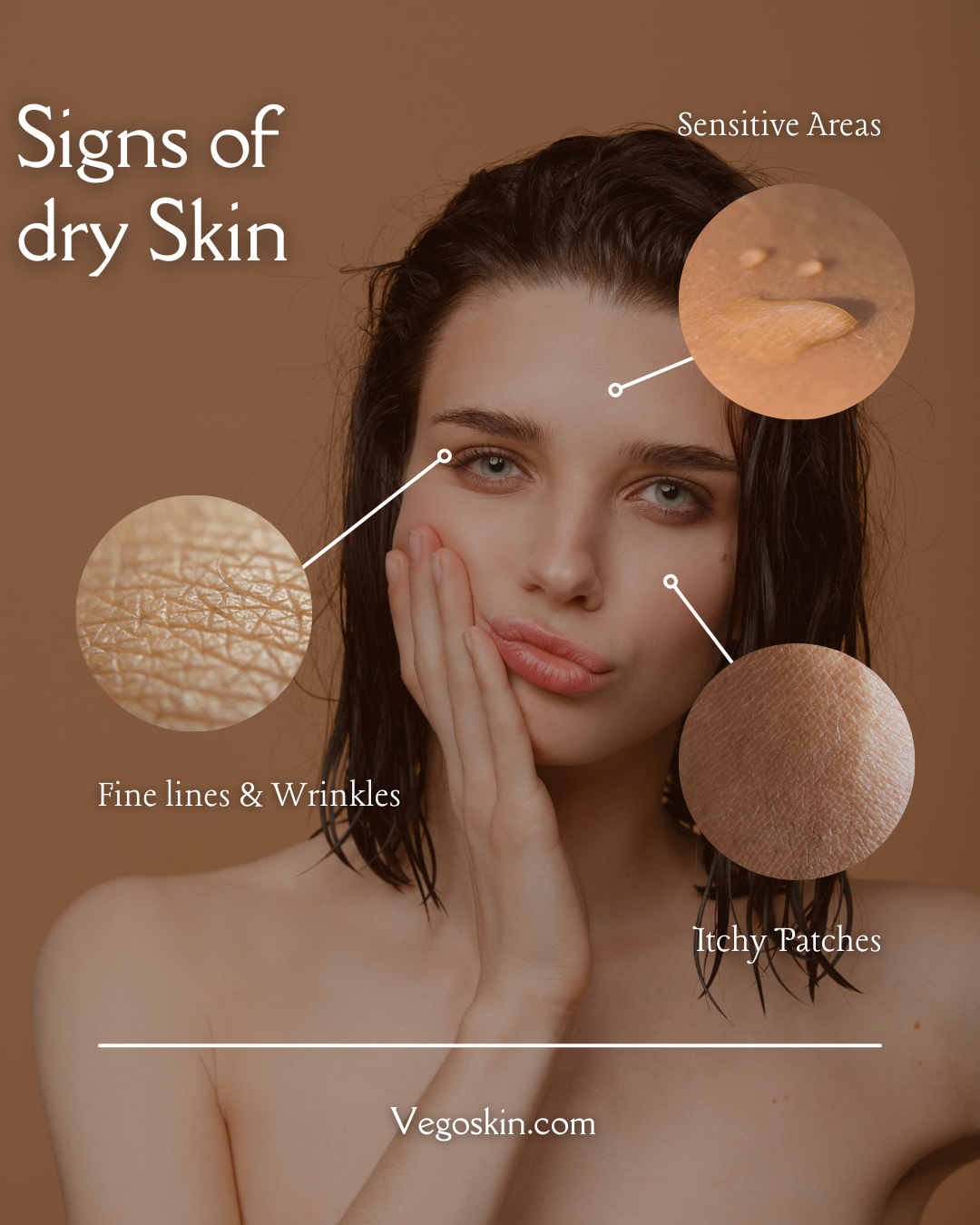The Best DIY Masks for Your Skin Type
Taking care of your skin doesn’t have to mean splurging on expensive products or booking spa appointments. With ingredients you likely already have in your kitchen, you can create DIY face masks tailored to your specific skin type. Whether you have oily, dry, sensitive, combination, or acne-prone skin, there’s a homemade mask that can nourish, hydrate, or balance your complexion. In this article, we’ll explore The Best DIY Masks for Your Skin Type, offering simple recipes, practical tips, and a sprinkle of self-care inspiration to help you glow naturally.
Why Choose DIY Face Masks?
DIY face masks are affordable, customizable, and free from harsh chemicals often found in store-bought products. By making your own masks, you control the ingredients, ensuring they’re fresh and suited to your skin’s needs. Plus, it’s a fun and creative way to pamper yourself! Before diving into the recipes, let’s identify your skin type to ensure you’re using the right mask.
- Oily Skin: Shiny complexion, visible pores, prone to blackheads or acne.
- Dry Skin: Tight, flaky, or rough texture, often with redness or irritation.
- Sensitive Skin: Easily irritated, prone to redness or reactions to products.
- Combination Skin: Oily in the T-zone (forehead, nose, chin) while remaining dry in other areas.
- Acne-Prone Skin: Frequent breakouts, clogged pores, or inflammation.
Not sure about your skin type? This guide from Healthline can help you figure it out. Once you know your skin type, you’re ready to explore The Best DIY Masks for Your Skin Type.
DIY Masks for Oily Skin
Oily skin benefits from masks that absorb excess sebum, minimize pores, and prevent breakouts. Here are two fantastic options:
1. Bentonite Clay and Apple Cider Vinegar Mask
Bentonite clay is a powerhouse for oily skin, drawing out impurities and tightening pores. Paired with apple cider vinegar, it balances your skin’s pH and fights bacteria.
Ingredients:
- 1 tbsp bentonite clay
- 1–2 tsp apple cider vinegar
- 1 drop tea tree essential oil (optional, for anti-bacterial benefits)
Instructions:
- Mix the clay and vinegar in a non-metal bowl (metal can react with the clay) until smooth.
- Add tea tree oil if desired.
- Apply to clean skin, avoiding the eye area.
- Allow the mask to sit for 10–15 minutes, then rinse off with warm water.
- Moisturize lightly afterward.
Why It Works: Bentonite clay absorbs oil like a sponge, while apple cider vinegar’s acetic acid gently exfoliates. Learn more about bentonite clay’s benefits here.
2. Lemon and Egg White Mask
Egg whites tighten the skin, and lemon’s citric acid helps control oil and brighten your complexion.
Ingredients:
- 1 egg white
- 1 tsp fresh lemon juice
- 1 tsp honey
Instructions:
- Whisk the egg white until frothy.
- Add lemon juice and honey, mixing well.
- Apply to your face and let sit for 15 minutes.
- Rinse with lukewarm water and pat dry.
Caution: Lemon can be photosensitive, so avoid sun exposure after use or apply at night.
DIY Masks for Dry Skin
Dry skin craves hydration and nourishment. These masks lock in moisture and soothe flakiness.
1. Avocado and Honey Mask
Avocado’s healthy fats and honey’s humectant properties make this mask a hydration hero.
Ingredients:
- ½ ripe avocado
- 1 tbsp honey
- 1 tsp olive oil
Instructions:
- Mash the avocado until smooth.
- Mix in honey and olive oil.
- Spread evenly on your face and leave for 15–20 minutes.
- Rinse with warm water and follow with a rich moisturizer.
Why It Works: Avocado is packed with vitamins E and C, which nourish and repair dry skin. Honey retains moisture, as explained in this study.
2. Oatmeal and Yogurt Mask
Oatmeal soothes irritation, and yogurt’s lactic acid gently exfoliates while hydrating.
Ingredients:
- 2 tbsp ground oats
- 2 tbsp plain yogurt
- 1 tsp almond oil
Instructions:
- Blend oats into a fine powder.
- Mix with yogurt and almond oil.
- Apply to your face for 15 minutes.
- Rinse gently with lukewarm water.
Tip: Use colloidal oatmeal for extra soothing power, especially if your skin feels tight.
DIY Masks for Sensitive Skin
Sensitive skin needs gentle, calming ingredients to reduce redness and irritation.
1. Aloe Vera and Cucumber Mask
Aloe vera and cucumber are cooling and anti-inflammatory, perfect for calming reactive skin.
Ingredients:
- 2 tbsp fresh aloe vera gel
- ¼ cucumber, blended
- 1 tsp chamomile tea (cooled)
Instructions:
- Blend cucumber and strain the juice.
- Mix with aloe vera gel and chamomile tea.
- Apply to your face and leave for 10–15 minutes.
- Rinse with cool water.
Why It Works: Aloe vera reduces inflammation, and cucumber hydrates without clogging pores. This article dives into aloe’s soothing benefits.
2. Banana and Honey Mask
Banana is gentle and nourishing, while honey calms irritation.
Ingredients:
- ½ ripe banana
- 1 tbsp honey
- 1 tsp plain yogurt
Instructions:
- Mash the banana until smooth.
- Mix in honey and yogurt.
- Apply for 15 minutes, then rinse with cool water.
Tip: Patch-test this mask to ensure your skin tolerates yogurt’s mild acidity.
DIY Masks for Combination Skin
Combination skin requires balance—controlling oil in the T-zone while hydrating dry areas.
1. Green Tea and Honey Mask
Green tea reduces oiliness, and honey keeps dry patches hydrated.
Ingredients:
- 1 tbsp green tea (cooled)
- 1 tbsp honey
- 1 tsp aloe vera gel
Instructions:
- Brew green tea and let it cool.
- Mix 1 tbsp with honey and aloe vera.
- Apply to your face, focusing on the T-zone.
- Leave for 15 minutes, then rinse.
Why It Works: Green tea’s antioxidants fight oil and inflammation, as noted in this research.
2. Multani Mitti and Rose Water Mask
Multani mitti (fuller’s earth) absorbs oil, while rose water hydrates and soothes.
Ingredients:
- 1 tbsp multani mitti
- 1–2 tbsp rose water
- 1 tsp yogurt
Instructions:
- Mix multani mitti with rose water and yogurt to form a paste.
- Apply to your face, focusing on oily areas.
- Leave for 10–15 minutes, then rinse.
Tip: Don’t let the mask dry completely, as it can dehydrate dry patches.
DIY Masks for Acne-Prone Skin
Acne-prone skin needs anti-inflammatory and antibacterial ingredients to reduce breakouts.
1. Turmeric and Honey Mask
Turmeric’s curcumin fights bacteria, and honey soothes inflammation.
Ingredients:
- 1 tsp turmeric powder
- 2 tbsp honey
- 1 tsp yogurt
Instructions:
- Mix all ingredients into a smooth paste.
- Apply to clean skin and leave for 10 minutes.
- Rinse thoroughly to avoid staining.
Caution: Turmeric can stain, so use a small amount and rinse well. Learn more about turmeric’s benefits here.
2. Charcoal and Aloe Vera Mask
Activated charcoal pulls out impurities, and aloe vera calms redness.
Ingredients:
- 1 tsp activated charcoal
- 1 tbsp aloe vera gel
- 1 tsp water
Instructions:
- Mix charcoal, aloe vera, and water.
- Apply to breakout-prone areas for 10 minutes.
- Rinse with warm water.
Why It Works: Charcoal detoxifies, while aloe soothes active acne.
Tips for Using DIY Masks Effectively
To get the most out of The Best DIY Masks for Your Skin Type, follow these tips:
- Patch Test: Always test a small amount on your wrist to check for allergies.
- Cleanse First: Wash your face to remove dirt and oil before applying a mask.
- Don’t Overdo It: Use masks 1–2 times a week to avoid over-exfoliation or irritation.
- Moisturize After: Lock in hydration with a light moisturizer suited to your skin type.
- Use Fresh Ingredients: Spoiled ingredients can harm your skin, so check for freshness.
For more skincare tips, check out The Skin Cancer Foundation’s guide.
The Benefits of DIY Skincare
Creating The Best DIY Masks for Your Skin Type isn’t just about saving money—it’s about connecting with your skin’s needs. Homemade masks let you experiment with natural ingredients, avoid synthetic fragrances, and tailor treatments to your unique complexion. Plus, the act of mixing and applying a mask can feel like a mini self-care ritual, boosting your mood and confidence.
FAQs About DIY Face Masks
How often should I use a DIY mask?
Use masks 1–2 times per week, depending on your skin’s sensitivity. Overuse can lead to irritation.
Can I store leftover mask mixture?
Most DIY masks are best used fresh. If you must store them, refrigerate for up to 24 hours, but avoid masks with dairy or fruit, which spoil quickly.
Are DIY masks safe for all skin types?
While most are safe, sensitive skin types should patch-test and avoid harsh ingredients like lemon or vinegar.
For more answers, visit Byrdie’s skincare FAQ.
Final Thoughts
With The Best DIY Masks for Your Skin Type, you can achieve glowing, healthy skin without breaking the bank. From bentonite clay for oily skin to aloe vera for sensitive complexions, these recipes harness the power of natural ingredients to address your skin’s unique needs. So, raid your pantry, set aside 20 minutes, and treat yourself to a spa-worthy experience at home. Your skin will thank you!



